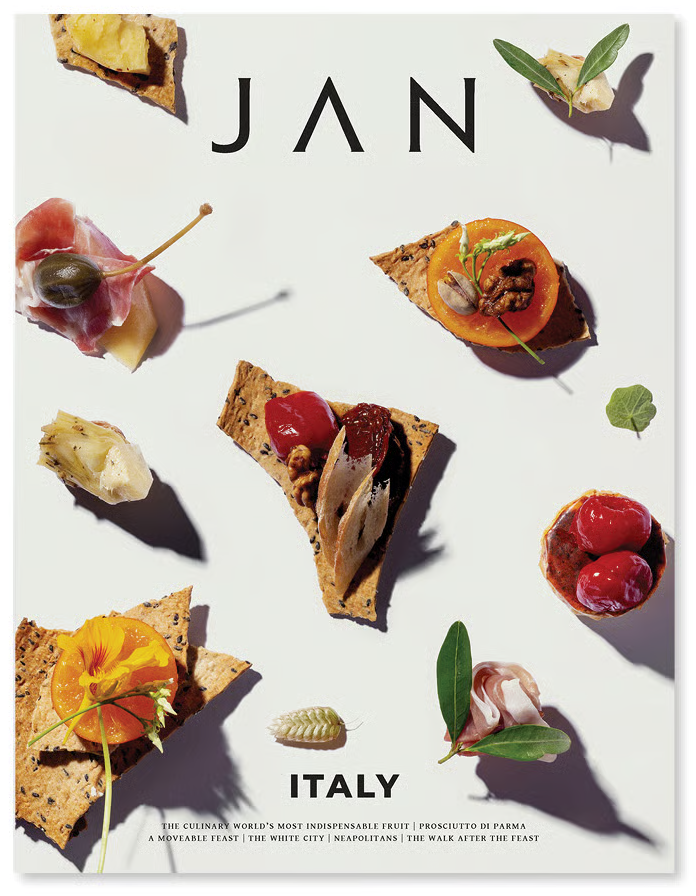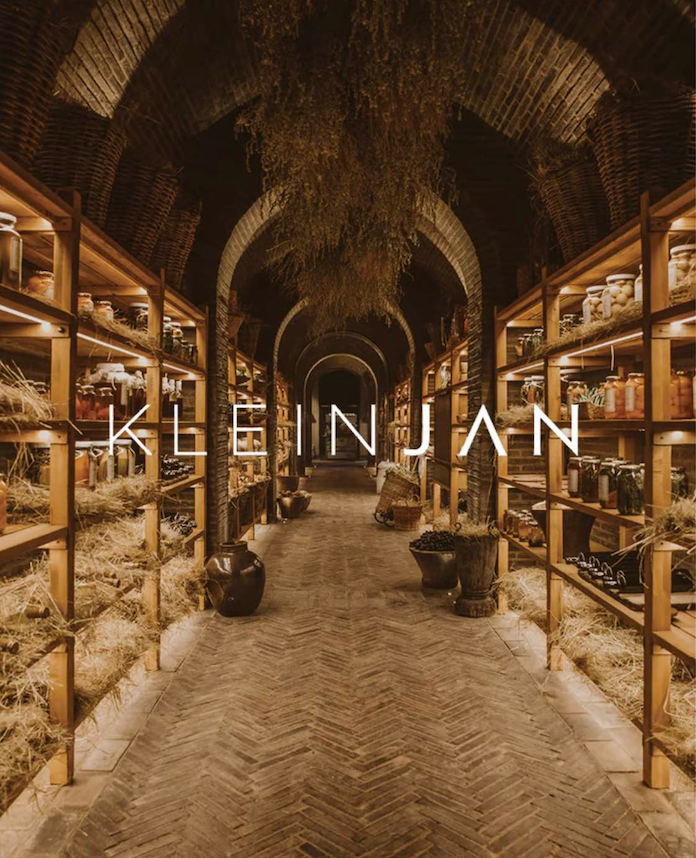Legacy in a Bottle
When centuries of winemaking chart the course for innovation
Steeped in a rich history dating back to 1865 and boasting historic anecdotes featuring Jane Austen, Napoleon Bonaparte and Charles Dickens, Klein Constantia has a formidable legacy of centuries of wine making expertise. Nestled on the picturesque upper foothills of the Constantiaberg, the estate was founded by the Cape’s first Governor, Simon van der Stel, and today it continues to produce some of the country’s most iconic and respected vinos.

Let’s talk about terroir
If the legacy of the estate is its most identifiable characteristic, its unique and breathtaking terroir is the second. Facing south to east and reaching 343 metres above sea level, Klein Constantia’s steep mountain slopes are some of the coldest in the Cape thanks to the cold ocean breeze from the nearby waters. Cooler temperatures result in an increase in concentration and flavour in the estate’s grapes, while preserving the acidity and PH of white varieties like the Sauvignon Blanc.
The estate’s expertly nurtured vineyards grow in soils that originate from granite formed up to 600 million years ago, and allow for ripening of the fruit, which plays a huge part in the final product according to Klein Constantia winemaker Matthew Day.
‘We don’t talk about soil enough in South Africa, but the decomposed granite and Table Mountain sandstone soil have a huge effect on the pureness of Sauvignon Blanc, and the salinity and character of the wine.’
When the moon and stars align
Legacy is an important part of the ethos behind the Klein Constantia brand and offering, but it doesn’t hold the estate back from growing in new directions. An example of this forward thinking is the evolution of the brand’s Sauvignon Blanc over the last 40 years, while experimenting with various techniques has resulted in a unique 2021 vintage and the literal fruits of their labour.
Made from 42 different vineyard parcels, each treated and fermented separately to harness their unique characteristics before blending, the wine has hints of pink grapefruit, tangerine blossom, dried green fig, firm gooseberries and fleshy white nectarine. According to Matthew, the 2021 vintage is the culmination of years of evolution. ‘It has been years of trial and error and experimentation, and in 2021 the moon and stars aligned and it all came together, we’ve created a beautiful, uniform wine.’
The success of the Sauvignon Blanc is in no small part due to the estate’s commitment to using sustainable vineyards that are inspired by organic and biodynamically farming practices, while prioritising the preservation of the historic landscape. ‘We’re trying to become as sustainable as possible,’ says Matthew. ‘When you start embracing sustainability your vines get into balance and they start to represent their sense of place and show off their terroir. If we’re over irrigating or adding a lot of things to the vineyard it becomes fake and you’re making a generic wine. Our vines are in balance and are producing fruit that show off their sense of place and as a result we’re enjoying more concentration and flavour.’
In keeping with this shift towards sustainability, the 2021 Sauvignon Blanc bottle and packaging have evolved as well. The new embossed bottle has a reduced carbon footprint thanks to the selection of a bottle with 26% less CO2 emissions, and that is made from 60% recycled glass. With a forward thinking commitment to the future while honouring the past, Klein Constantia is charting its own course in the industry, and continues to display its independence as it does so.
‘We’re trying to create our own style,’ concludes Matthew. ‘We’re not chasing after anyone else, we’re making authentic Klein Constantia-style Sauvignon Blanc.’















